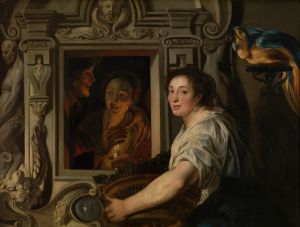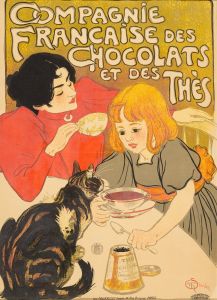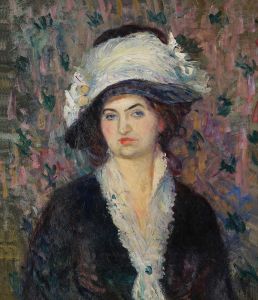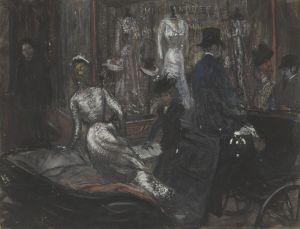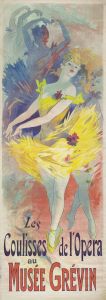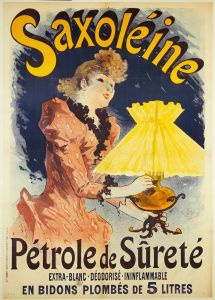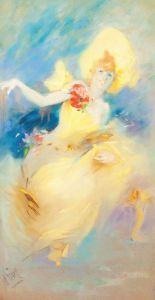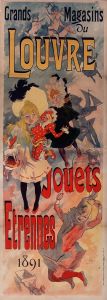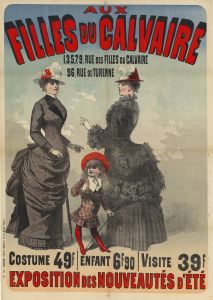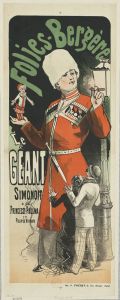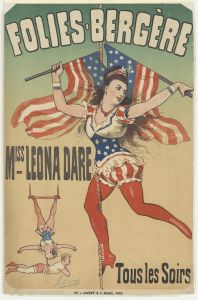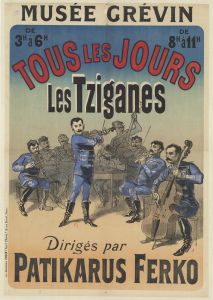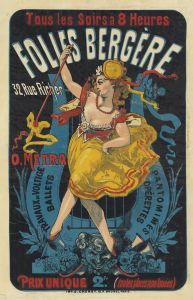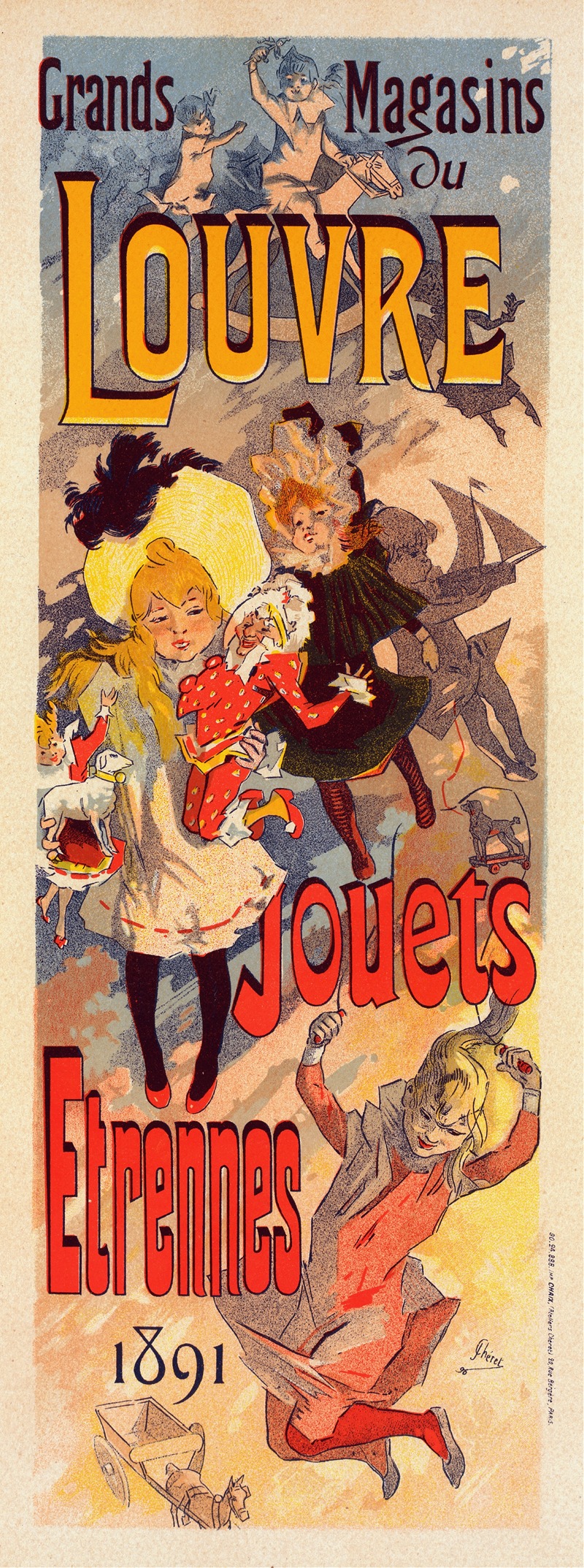
Magasins Du Louvre
A hand-painted replica of Jules Chéret’s masterpiece Magasins Du Louvre, meticulously crafted by professional artists to capture the true essence of the original. Each piece is created with museum-quality canvas and rare mineral pigments, carefully painted by experienced artists with delicate brushstrokes and rich, layered colors to perfectly recreate the texture of the original artwork. Unlike machine-printed reproductions, this hand-painted version brings the painting to life, infused with the artist’s emotions and skill in every stroke. Whether for personal collection or home decoration, it instantly elevates the artistic atmosphere of any space.
Jules Chéret's Magasins du Louvre is a notable example of 19th-century French poster art, created in 1891. Chéret, often referred to as the "father of the modern poster," was a pioneering artist and lithographer who revolutionized advertising through his vibrant and artistic designs. His work played a significant role in transforming posters from purely functional advertisements into celebrated works of art.
The Magasins du Louvre poster was commissioned to promote the Magasins du Louvre, a prominent Parisian department store located near the Louvre Museum. During the late 19th century, department stores were becoming central to urban consumer culture in Paris, and businesses sought innovative ways to attract customers. Chéret's posters were highly effective in this regard, combining bold colors, dynamic compositions, and elegant figures to capture the attention of passersby.
This particular poster exemplifies Chéret's signature style, which often featured graceful, lively women—referred to as "Chérettes"—who embodied modernity, sophistication, and joie de vivre. In Magasins du Louvre, the central figure is a stylishly dressed woman, likely representing the store's fashionable clientele. She is depicted in motion, her flowing dress and confident posture conveying a sense of energy and allure. Surrounding her are additional figures and decorative elements that enhance the composition's vibrancy and appeal.
Chéret's use of color lithography allowed for the production of posters with rich, vivid hues, a technique that set his work apart from earlier monochromatic or less visually striking advertisements. The Magasins du Louvre poster showcases his mastery of this medium, with its harmonious blend of bright yellows, blues, and reds creating a visually engaging and cheerful image.
The impact of Chéret's work extended beyond advertising. His posters were celebrated for their artistic merit and were collected and displayed as fine art. Chéret's influence on the development of graphic design and poster art was profound, inspiring subsequent generations of artists and solidifying his legacy as a key figure in the Belle Époque era.
Today, Magasins du Louvre is recognized as an important example of Chéret's contributions to both art and commerce. It remains a testament to the cultural and artistic innovations of late 19th-century Paris, reflecting the intersection of art, advertising, and modern consumerism.





